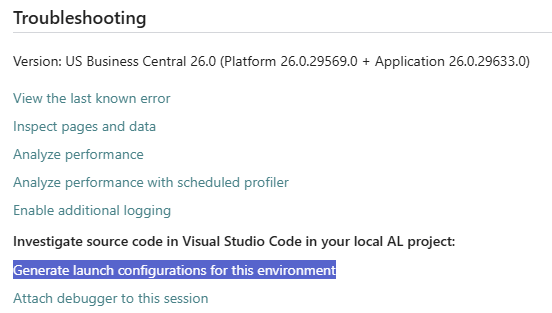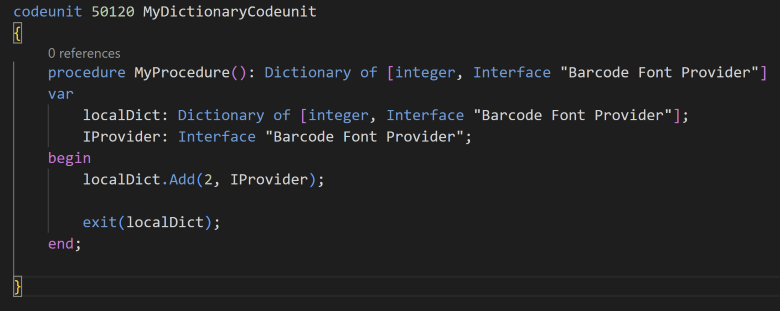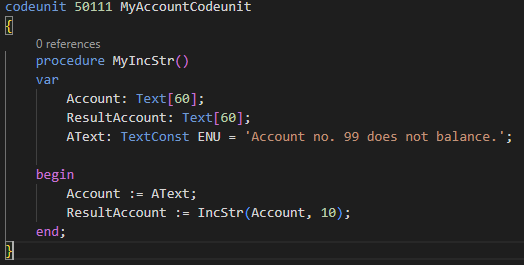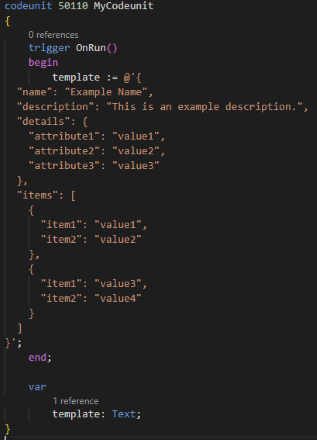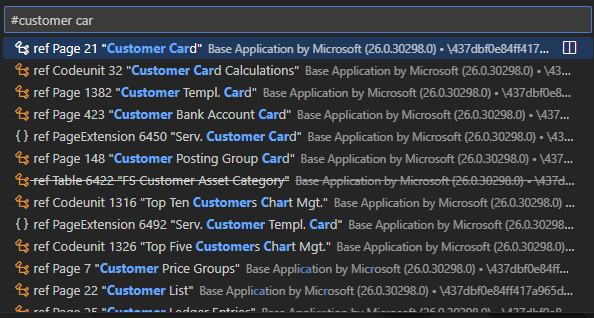 This post is part of the New Functionality In Microsoft Dynamics 365 Business Central 2025 Wave 1 series in which I am taking a look at the new functionality introduced in Microsoft Dynamics 365 Business Central 2025 Wave 1.
This post is part of the New Functionality In Microsoft Dynamics 365 Business Central 2025 Wave 1 series in which I am taking a look at the new functionality introduced in Microsoft Dynamics 365 Business Central 2025 Wave 1.
The 20th of the new functionality in the Development section is running objects in actions defaults to UI descriptors on target object.
When adding actions in AL, developers can specify properties like Caption, Tooltip, AboutText, and AboutTitle. Sometimes actions are just used to run specific objects, so to ensure consistency and reuse with these, such actions now default to the Caption, Tooltip, AboutText, and AboutTitle of the targeted object. This also ensures that existing actions will benefit from Tooltip, AboutText, and AboutTitle being defined on the targeted object.
Enabled for: Admins, makers, marketers, or analysts, automatically
Public Preview: Apr 2025
General Availability: Apr 2025
Feature Details
Actions that have the RunObject property specified will use the Caption, ToolTip, AboutText, and AboutTitle properties of the targeted application object, if none of these properties is specified on the action itself. This ensures consistency and reuse, even for existing actions, while at the same time allowing overriding those values by specifically setting them on the action itself.
In support of this, the ToolTip property has also been added to reports.






